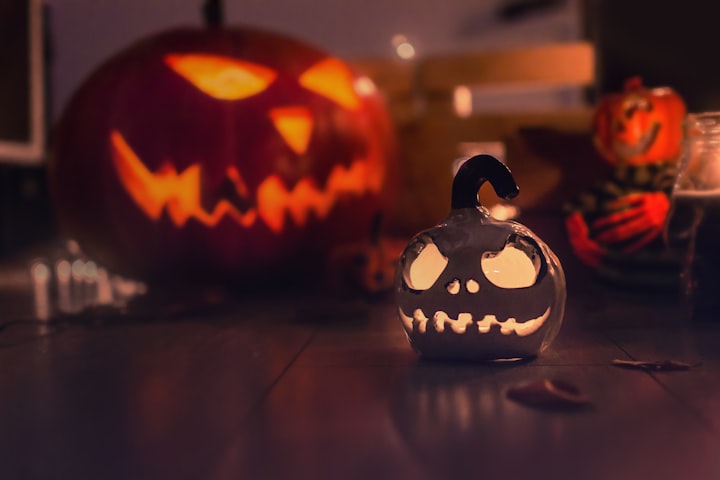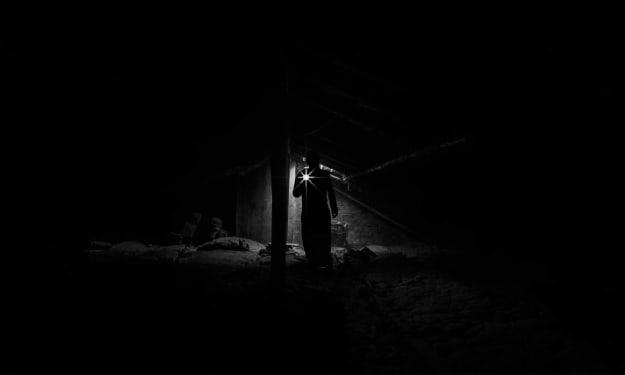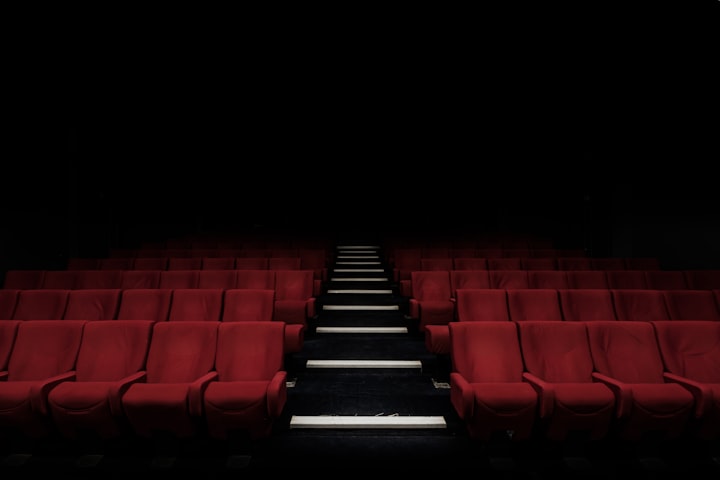The origins of Halloween are ancient, though the time of origin is uncertain. Halloween is thought to have originated around the time the Celts split from the Romans around A.D. 325. The Celts worshiped the Goddess of the dead, who they thought had walked the earth as a human after her human body had died. The druids of ancient Ireland celebrated the end of harvest by celebrating her returning to heaven by the "sowing of the skulls," re-enacting the fertility and resurrection of nature at the new season, which may explain why skulls are so prominently featured in modern-day Halloween. All this new life from their crops that would be forever ruined. So they stuffed the skulls full of corn on the cob, popped their eyeballs, and twisted the corn kernels onto their points to form the familiar jack-o'-lantern symbol.
But before corn and pumpkins became the symbols of the festival of Halloween, jack-o'-lanterns were just the result of simple practicality. So when the harvest is slow, why not trick out the lone, simple, unfitted pumpkin? This was where the jack-o'-lantern comes from, something so easily fashioned and for no other purpose. When carving, peel the face and carve a smiling mouth, the ears are optional, and you have a blank slate to paint or decorate as you see fit.
During the pre-Christmas Celtic era, Celts believed they were under attack from the "pantheons" of humans, the "things." One of their sons had met his death by the hands of the pantheon, and in his death, their power had devolved from them and spread to the mortal world. To fight these beings, the Celts would decorate their homes with skulls and Halloween symbols such as the holly and the ivy, to try to lure these spirits away from their families and settle elsewhere.
The earliest reference to the Celtic festival of Samhain is found in the 5th-century work, The Winter's Tale, and describes the ceremony as follows:
The holly and ivy were the best protection against any evil-minded god. On November 1st they decorated every window with their spines. Then they wrapped themselves with thorns and hung all around the house the heads of dead people. They cut the ears off the living. The practice of this 'appellation of the dead' was supposed to frighten off the spirits of the departed.
In England, it's believed that Samhain marks the beginning of winter, which was considered to be a time when evil spirits were in the air, hence the sight of the skeletons and ghosts. The Irish, on the other hand, believed that the ghosts of the dead were roaming about trying to find their way home, so Samhain marked the time to keep a sharp eye out for any kind of familiar faces and to steer clear.
The change of season is where the trick-or-treat aspect of Halloween originates. The Celts held a belief that the land is blessed on the Day of the Dead and therefore it was only right to pay respect to the ancestors by the feast of the dead. Traditionally, the night before Samhain, the ancestors would be appeased with offerings of food, flowers, and wine. Families were to prepare their own offerings and to hide them around the house, as well as wearing their best clothes, and maybe have a party to celebrate the returning of the dead. This was known as the "Feast of the Dead," the final chapter of the Celtic New Year's celebrations when the ancestors would gather and pay respects to the family.
We now know that modern-day Halloween celebrates the Celtic New Year's festival. The Celts believed the Earth itself split at this time and the Earth's surface would dry up and turn black, hence the beautiful colorful fall foliage. The Celts believed they were about to be invaded by the "Dark Lord" and the "Beast of the East" who lived in the East, so they left offerings of food, flowers, and wine. If an offering was missing at the end of the meal, it was considered to be bad luck. To honor the dead, they also decorated their homes with skulls, deformed figures and animal bones, and even sweet items such as sugar skulls.
And so today, we light our jack-o'-lanterns and line our porches with statues of skeletons and goblins, but really, the Ancient Celts just wanted to have a happy, and possibly more authentic, the night of remembrance and appreciation for their ancestors.
There's nothing quite like pulling the pumpkin out of the ground and passing the Halloween traditions down through the generations. And, lucky for us, these traditions aren't lost on the kids. So for me, it means everything to see the young kids in costume and trick-or-treating, and even though I'm a little old to do it anymore, I'm certainly enjoying it every year, albeit for a little longer,
In conclusion, these are the origins of Halloween which is steep in history, tradition, and folklore that should be celebrated, not feared. It is one of my favorite holidays, and I hope that you have as much fun with it as I have over the years.
What are your Halloween plans?
Stay Spooky and Happy Halloween!







Comments
There are no comments for this story
Be the first to respond and start the conversation.